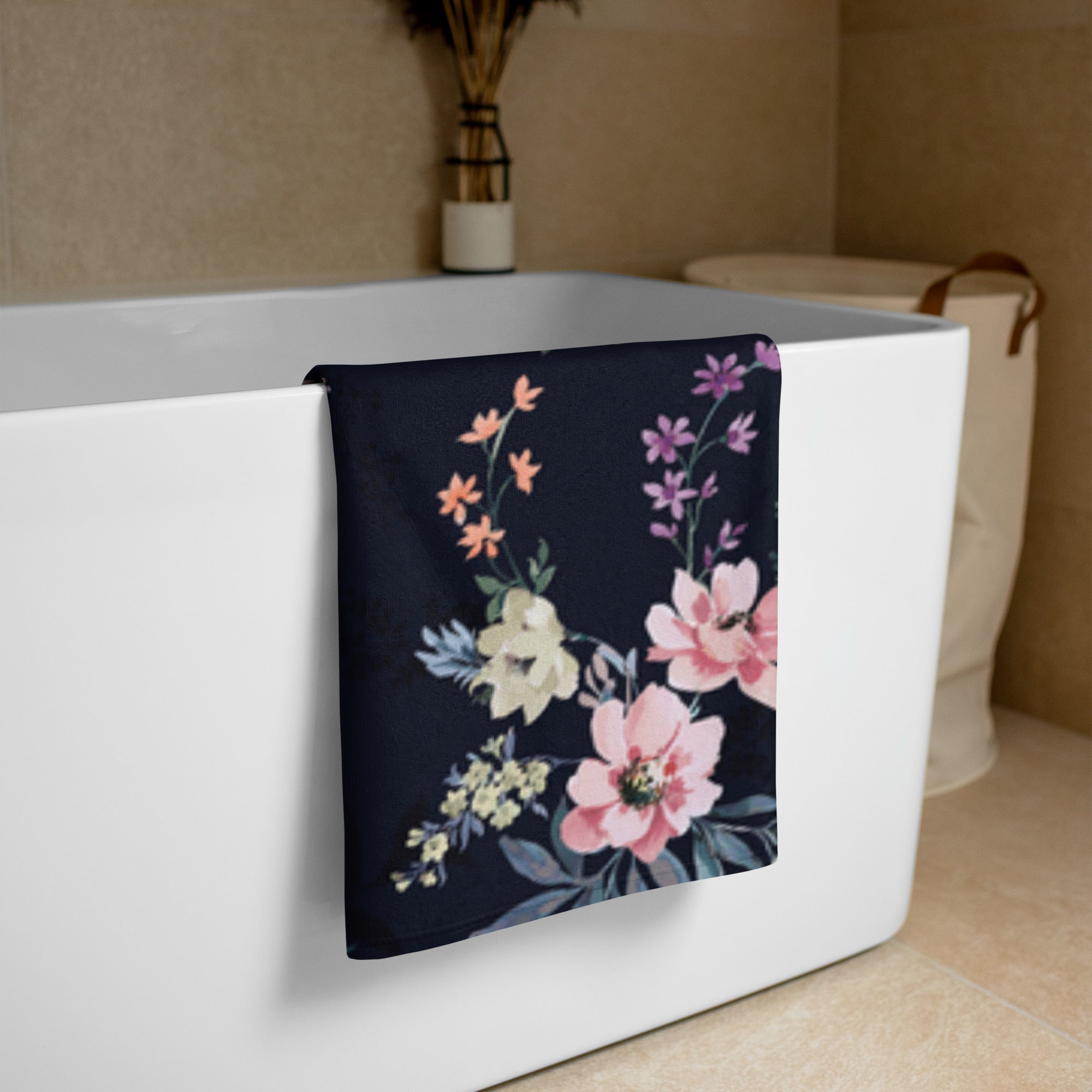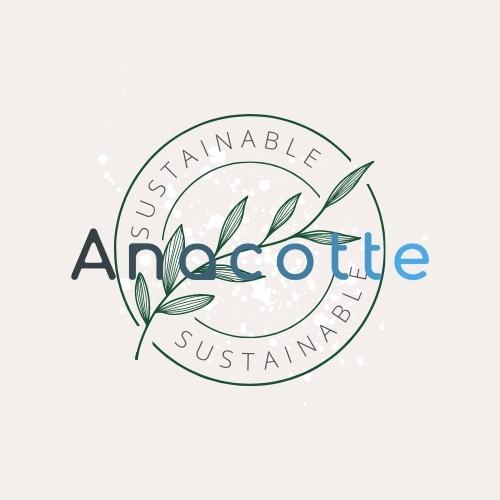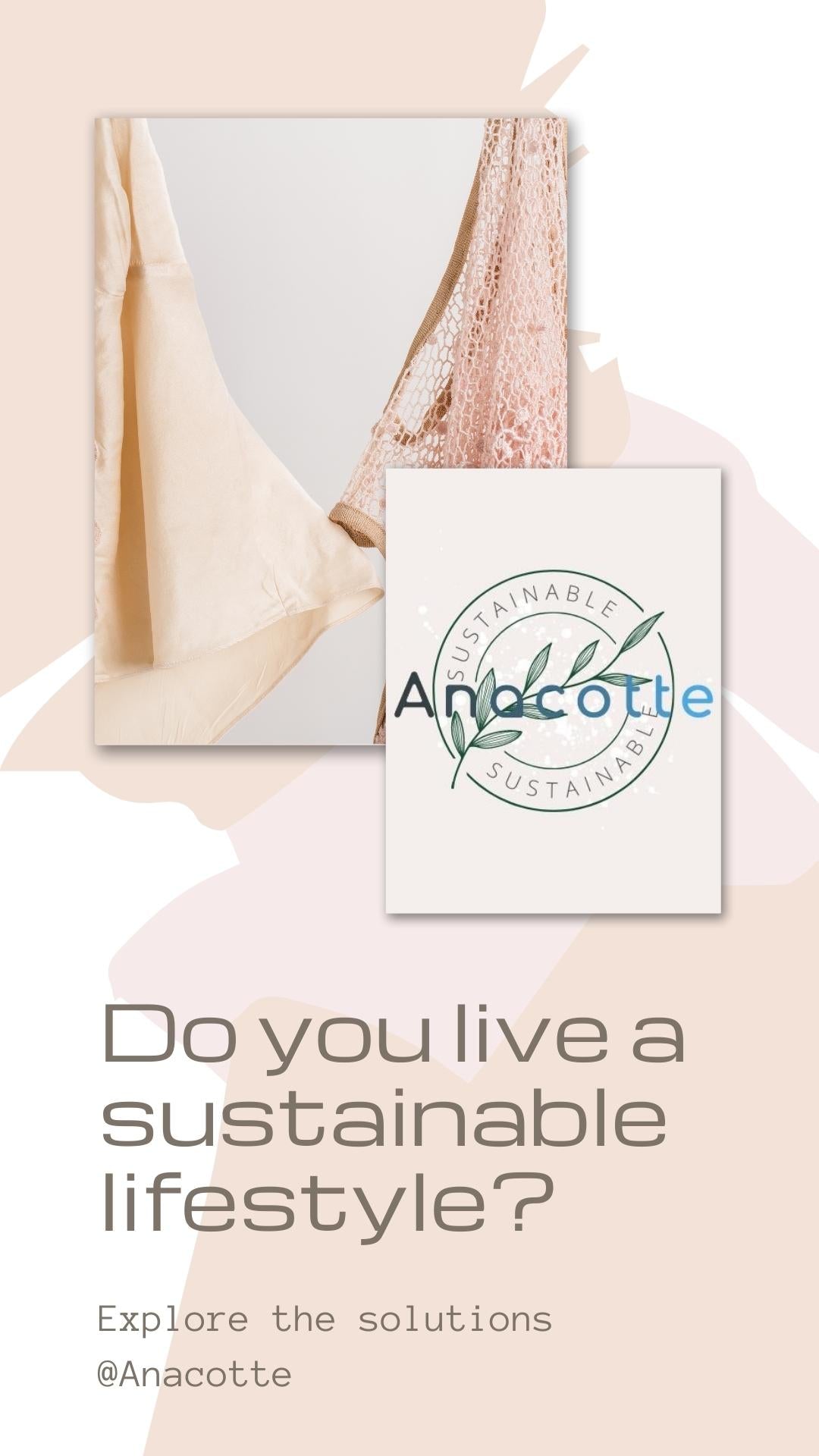The High Cost of Fast Fashion: Why the Clothing Industry Needs an Environmental Makeover
The fashion industry has historically been one of the biggest contributors to environmental pollution. From the massive amounts of water and chemicals used to grow cotton, to the toxic dyes and treatment processes used to produce clothing, to the staggering volume of waste created by the industry, fast fashion has had a devastating impact on the planet. However, in recent years, sustainable fashion has emerged as a movement aimed at decreasing the negative environmental footprint of clothing production.
The High Cost of Fast Fashion: Why the Clothing Industry Needs an Environmental Makeover
The fashion industry is responsible for up to 10% of global carbon emissions, according to the United Nations Environment Programme. In addition, the textile industry is one of the biggest users and polluters of fresh water. It takes more than 20,000 liters of water to produce one kilogram of cotton, equivalent to a single t-shirt and pair of jeans. The dyeing and treatment of fabrics also releases harmful chemicals into waterways, with up to 20% of industrial water pollution coming from textile treatment and dyeing.
This enormous environmental impact is largely unnecessary and unsustainable. The rise of fast fashion - inexpensive, trendy clothing that is quickly discarded - has fueled excess consumption and waste. Over 60% of all clothing is disposed of in under a year. Many of these discarded textiles end up in landfills, where they release methane, a potent greenhouse gas. Alternative business models, policies, and individual actions are urgently needed to curb pollution and waste from the fashion industry.
Transitioning to more sustainable fibers and production processes, increasing recycling and re-use, and encouraging more responsible consumer habits can all help reduce the footprint of clothing. Policymakers also need to take action by regulating water usage and pollution, incentivizing sustainability in manufacturing, and requiring transparency about supply chains and environmental impacts. Although improving the sustainability of fashion will be challenging, it is one of the most important steps we must take to protect the planet for future generations. The clothes we wear reflect our relationship with the earth, and right now that relationship is in desperate need of repair.
Meanwhile, over half of fast fashion items end up in landfills each year [4]. To help counter these alarming statistics, sustainable fashion brands are producing high-quality, long-lasting clothing made from eco-friendly materials under fair labor conditions. They are reducing pollution by using natural, organic fabrics and dyes as well as reusing and recycling materials. Consumers can also take steps towards more sustainable fashion by buying fewer but higher-quality pieces, and donating or reselling clothes they no longer wear.
The devastating environmental impact of fast fashion is clearly evidenced. However, by raising awareness of these issues and promoting sustainable alternatives, we can work together to transform the fashion industry and advance more eco-friendly practices. Our planet's future depends on the choices we make today.
Sustainable fashion considers the entire lifecycle of a garment, from the sourcing of raw materials all the way through manufacturing, transportation, and end-of-life disposal. The goal is to maximize the use of sustainable and eco-friendly materials, reduce waste, and limit pollution. Some of the key principles of sustainable fashion include:
Using organic and recycled materials
Materials like organic cotton, hemp, and recycled polyester and nylon are better for the environment. Organic cotton is grown without the use of pesticides and fertilizers according to the Organic Trade Association. Recycled polyester and nylon are made from used plastics and textiles, reducing waste according to Sustainable Brands.
These greener materials are the foundation of sustainable fashion. Sustainable brands are choosing more environmentally-friendly materials and moving away from synthetic and non-biodegradable fabrics.
Organic cotton is non-GMO and grown using natural methods as defined by the Global Organic Textile Standard. Its production is kinder to the planet as it promotes biodiversity and healthier soil according to Cleverism. Brands like Patagonia and Cotopaxi use organic cotton in many of their products.
Hemp is an eco-friendly fiber that requires few pesticides and herbicides to grow according to EcoWatch. It is naturally resistant to weeds and pests. Hemp fiber is also highly durable and long-lasting. Outdoor gear companies like Patagonia, Cotopaxi, and prAna are using hemp in backpacks, jackets, and more.
Recycled polyester and nylon help address the issue of plastic pollution by reusing waste materials to make new fabrics according to National Geographic. These recycled fabrics have a smaller environmental footprint as they reduce the use of petroleum, and divert waste from landfills and oceans according to Sustainable Brands. Many brands like Girlfriend Collective, Rothy's, and Nike incorporate recycled polyester into their sustainable products.
In summary, organic, natural, and recycled materials are fundamental elements of eco-friendly fashion. Choosing fabrics like organic cotton, hemp, and recycled polyester is an impactful way for both brands and consumers to make a more sustainable choice according to Forbes. These greener options are helping transform the fashion industry into a more environmentally-conscious one.
Reducing Water Usage
Reducing water usage is an important aspect of sustainability. It can take over 700 gallons of water to produce a single cotton t-shirt using traditional production methods. This is an enormous amount of water for a single item of clothing. Sustainable fashion brands are adopting new technologies and processes that greatly minimize water usage. For example, precision dyeing techniques can reduce water usage by up to 90% compared to traditional dyeing methods.
Sustainable brands also incorporate water recycling and filtration into their production whenever possible. Water that is used in one part of the production process is reclaimed, filtered, and reused in other parts of the process. Minimizing the use of this precious resource is an essential part of sustainable apparel and textile production.
As water scarcity increases around the world, innovative water conservation and efficiency techniques become even more critical. Sustainable fashion brands are pioneers in developing and implementing new technologies and processes that cut back on water usage. They are finding innovative ways to produce high-quality goods while using as little water as possible.
By transitioning to sustainable production methods like precision dyeing and incorporating water recycling systems, fashion brands can create top-notch products in an eco-friendly manner. Reducing and reusing water whenever possible allows these companies to operate more efficiently while respecting the importance of water as a resource. Minimizing water usage is an important step on the path to more sustainable fashion for the environment and future generations.
The fashion brand Anacotte is an excellent example of a sustainable company implementing innovative water-saving technologies and processes. Anacotte uses precision dyeing techniques that reduce water usage during the dyeing process. They have also utilized water recycling systems that filter, reclaim, and reuse water multiple times within their production facilities.
Anacotte aims to minimize the overall water footprint of their production. They manufacture high-quality goods using as little water as possible, while still achieving vibrant and long-lasting colors. Anacotte also uses renewable energy to power their facilities, and they source only sustainable and plant-based raw materials. Their sustainable production methods allow them to create stylish and durable products that place minimal burden on the environment.
By combining precision dyeing, water recycling, renewable energy, and sustainable materials, Anacotte serves as a model for eco-friendly fashion. Their water-efficient technologies and processes enable Anthropic to produce goods using a fraction of the water required by traditional dyeing and manufacturing methods. Anacotte proves that it is possible for fashion brands to thrive while respecting the limits of natural resources like water. Overall, Anacotte's sustainable and innovative production techniques are helping the company do their part to ensure that both style and water security are possible for future generations.
The sustainable fashion movement is still relatively small but is growing rapidly as both brands and consumers look for more eco-friendly and ethical alternatives to fast fashion. By supporting sustainable brands and adopting a slower approach to fashion, individuals can play an important role in driving the industry towards more sustainable practices overall. While transitioning to a greener wardrobe does take effort, even small changes can help create a more sustainable future for fashion. Together, sustainable fashion brands and consumers have the power to overhaul this polluting industry and make greener choices the new normal. Overall, sustainable fashion is paving the way for a cleaner environment and a more ethical apparel industry.







Hinterlasse einen Kommentar
Diese Website ist durch hCaptcha geschützt und es gelten die allgemeinen Geschäftsbedingungen und Datenschutzbestimmungen von hCaptcha.